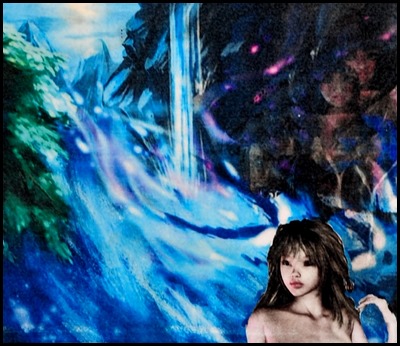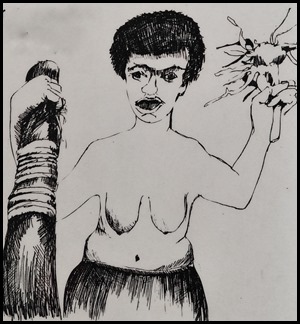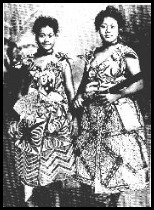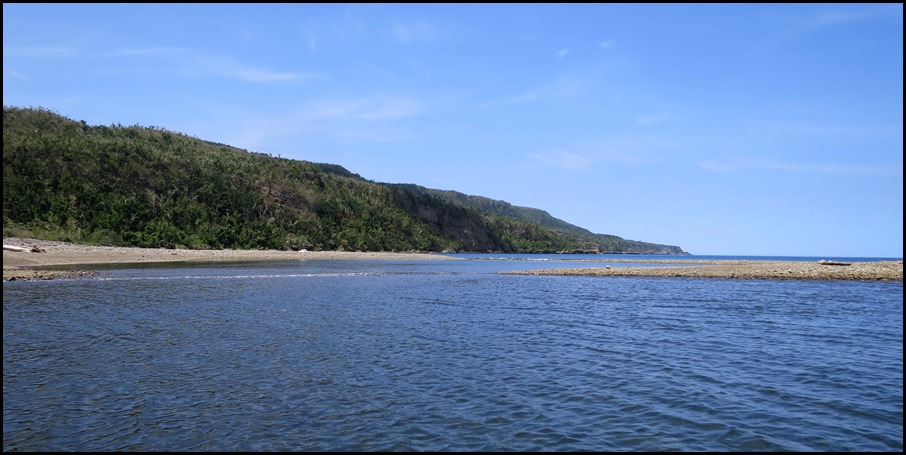Erromango Bits

Beez Neez now Chy Whella
Big Bear and Pepe Millard
Thu 5 Nov 2015 23:57
|
The Island of Erromango –
Custom Stories
 The Birth of
Erromango. An old woman had a niece, but whether she was the
brother’s or sister’s daughter is not stated. This old woman was the only person
in the island who could give a pleasant taste to food and was in great demand at
preparations for feasts.
When the little girl was ten
years old she followed her aunt into the bush one day and, hidden in a clump of
bamboo, watched the old woman lift a huge stone from which pure, white water
gushed forth so that the bamboo water carrier which she had with her was soon
full.
Carefully replacing the stone the
old woman returned to the house, but the niece remained in concealment until the
woman was well out of the way and then tried to lift the stone
herself.
Although it took a great deal of
effort she succeeded finally and, when she tasted the water, she found it had
the exact flavour of the food which everyone liked so much when prepared by the
woman’s hand. But the water, which had poured forth in a steady but moderate
stream at first, now came with more and more volume and power and, although the
girl tried to replace the stone she found herself utterly unable to do
so.
This frightened the child and
when the water rose in such force that it carried away the stone, she ran to the
house of her aunt and told her what had happened. The woman shrieked in her
distress, “You have flooded our whole land!”
She sent her husband in one
direction and she went in another, while the child ran in still a third. The
waters, rising all the time, swirled around the place where the persons were
running and then became gradually quiet again, leaving a human being on a bit of
land surrounded by water, while water stretched as far as the eye could see,
with the exception of the three islands that had been formed, where all the land
had been before.
In this way Erromango and two of
its neighbours were created and a human being supplied to each. No account of
creation of a mate for the lone islander or of the descent from each is
given.
 How fights between villages
are stopped and peace is made. In Erromango, if there is a big
fight and someone has been killed, the chief of the village who killed the man
from the other village, sends a woman with a message to the location where the
fight took place.
If the woman carries kava and a
grass skirt with her, it means that the village who killed the man will have a
peace ceremony and will make kaikai [food] for the other village and give them
one woman in exchange for peace.
But if there has been a fight
with nobody killed, the woman will carry kava to the site to show that they
should all make food together to make peace.
 Tapa cloth is now only made in
Erromango, although long ago it was found in Efate and other islands in the
south and Banks Islands in the north. This was the result of the Polynesian
influence in these islands from Tonga and Samoa when they invaded and traded
with Efate, Aniwa and Futuna, and made their way to Erromango. The Polynesians
had the knowledge of making tapa cloth and passed it on to these
islands.
On Efate tapa cloth used to be
made and dyed brown and yellow and decorated with birds feathers along the edge
but the practice died out in the 19th century. In Erromango tapa cloth is known
as ‘Nemas Itse’ meaning ‘cloth beaten’.
Tapa cloth is made from the inner
bark of a banyan tree which is taken off in broad strips and collected in
bundles. Then each strip is laid down on a smooth log about thirty centimetres
in diameter and two metres long and beaten by two women, one on each side of the
log using a ‘neko’ which is made out of nokosan, a hard wood club which takes a
high polish.
Water is placed in a wooden dish
and a whisk made of reeds which is splashed onto the bark as it is beaten for a
long time until it is thin. The back of the bark becomes so glutinous that it
sticks to another strip which is added to the first one when it is ready by
overlapping it and then it is beaten again so they form one piece. Strip after
strip is added lengthways so it becomes a long and narrow solid strip. Water
must be constantly added to the bark to make it sticky. The material is white in
colour and looks like parchment. When finished it is hung over bamboo or
creepers or tied between trees. Whilst it is still damp patterns are drawn on it
with charcoal mixed with coconut milk, lime stone for white and brown from a
fruit nut or by twisting bark shavings and collecting the liquid in a bowl. One
side of the cloth only is marked. It is left hanging until thoroughly dry and
then coloured with nohorat – a plant dye. Sometimes it is left
uncoloured.
The usual size of tapa cloth made
is approximately one metre wide and two metres long in
Erromango.
In Tanna they used to make tapa
cloth in a crude way which was used to make belts for the menfolk.
These belts were three to six centimetres wide and two and a half
metres in length, painted black, with dye from the juice of a fig tree. Tapa
cloth sails for canoes used to made but the practice died out by
1900.
How on earth did they work out the
beating and sticking all those years ago, quite amazing and
ingenious.
 ALL IN ALL GOT TO LOVE THE
STORIES
REALLY
INTERESTING |